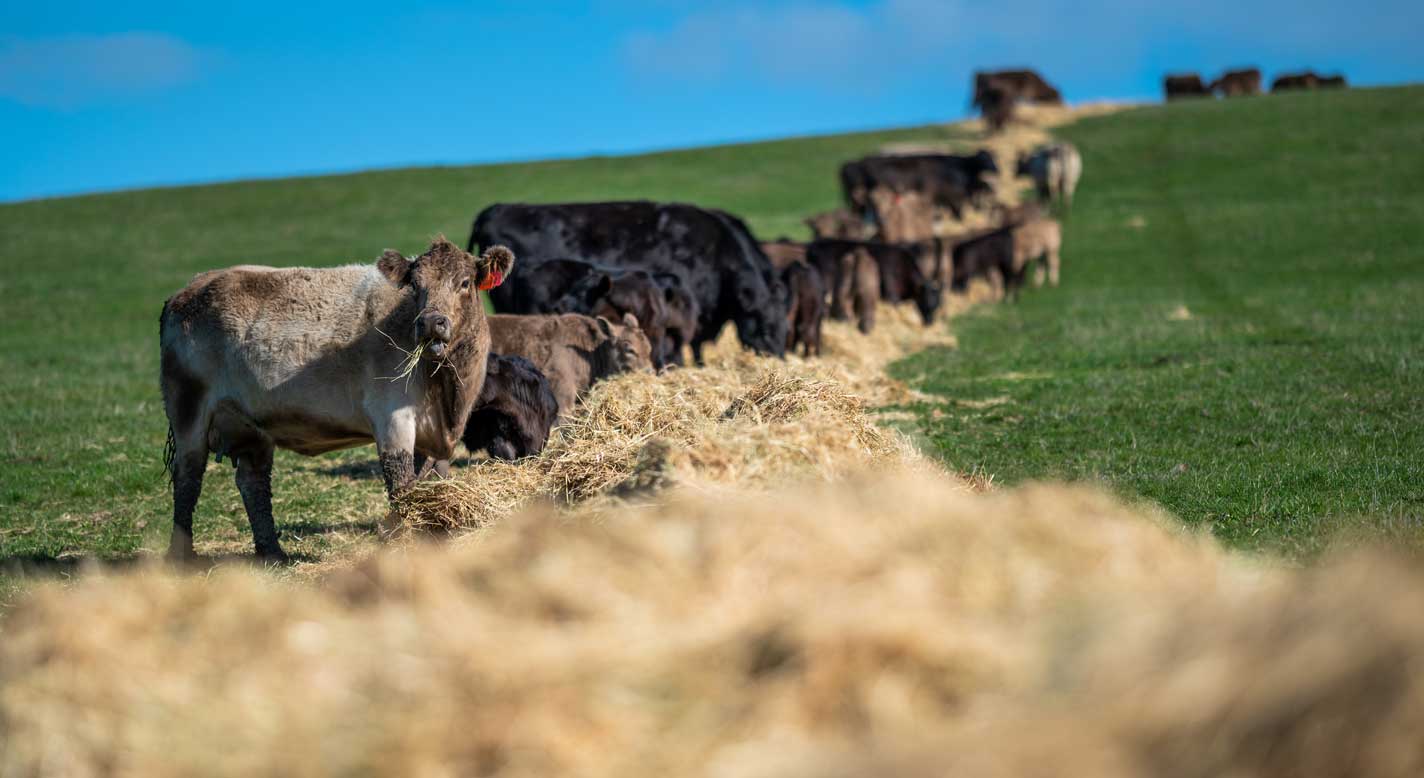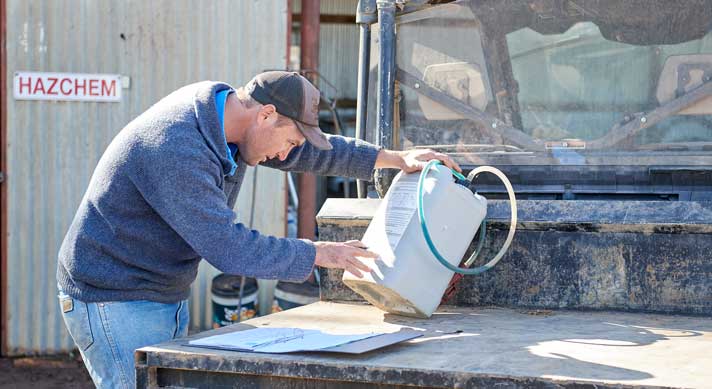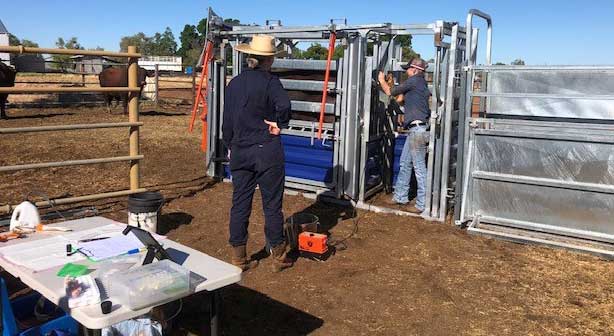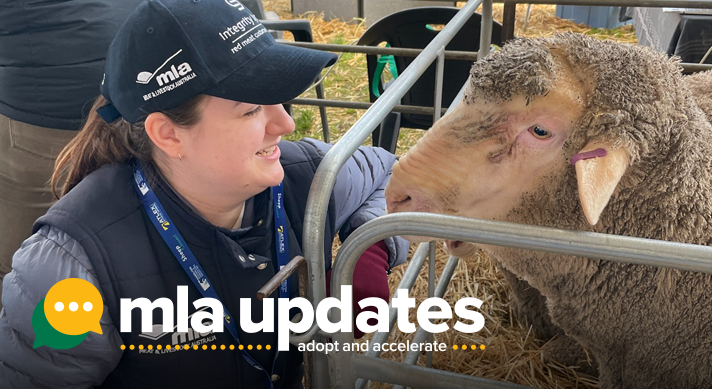Safe feed for your stock
01 November 2022
-Min Read
Understand how you can protect your stock from contaminated feed – and how you can protect your consumers from poor quality.
For more information:



